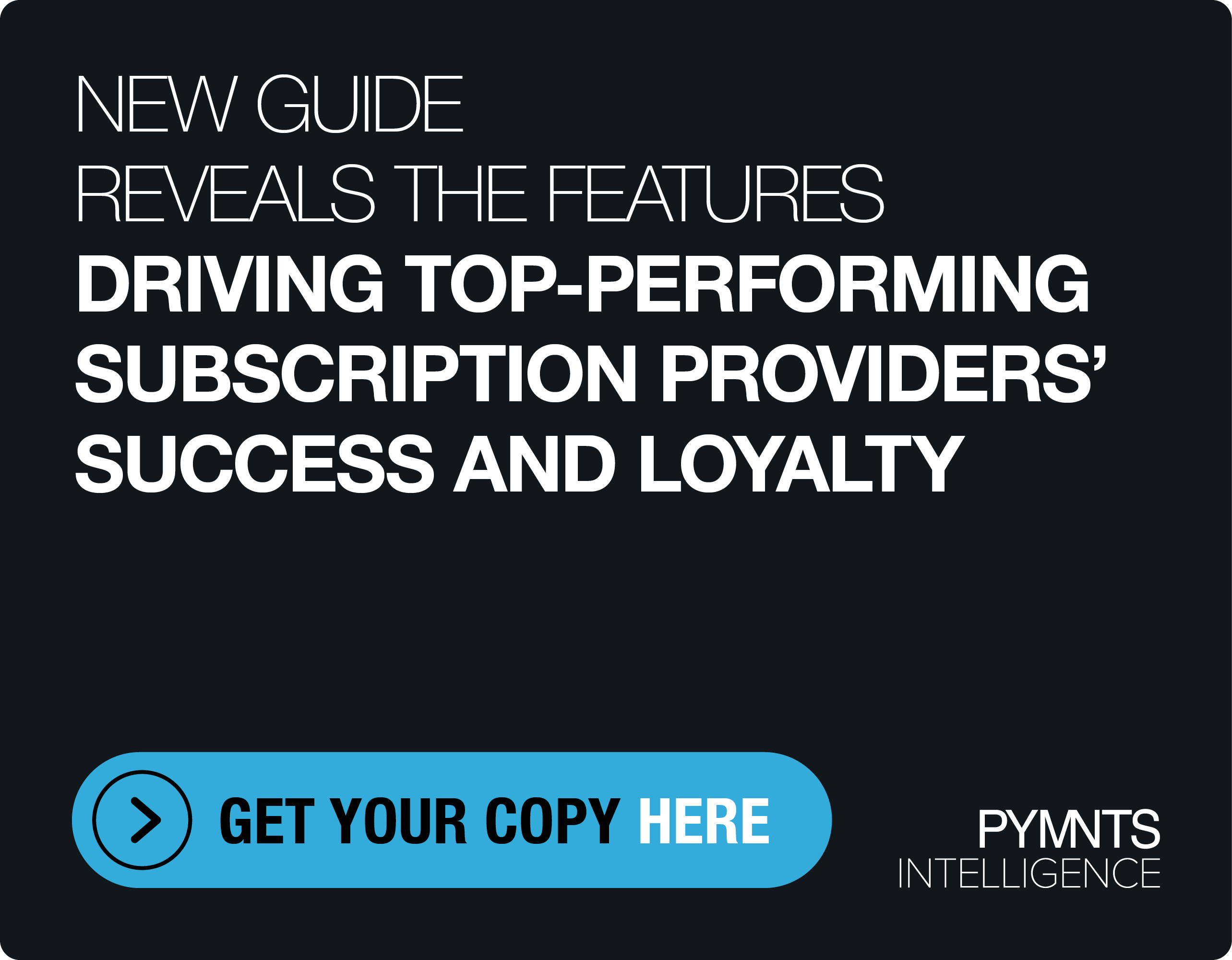Beyond Faster Transfers: How Payment Modernization Shapes Customer Experiences
The payments ecosystem remains a highly fragmented one as we enter the new year.
On the one side, specialized platforms serve different use cases; on the other, universal platforms cater to broader organizational needs.
This fragmentation provides businesses with numerous options but can also make it challenging to find the right platform that aligns with specific requirements — like meeting emerging expectations around outbound payments.
“There’s a lot of change going on in the industry,” Kelli Svymbersky, vice president of payment at CCC, told PYMNTS for the Fireside Chat series. “We are all expecting that instant payment experience that we have in our personal lives” across business transactions.
Svymbersky emphasized the importance of meeting the needs of businesses when it comes to accounts payable and outbound payment processes. Organizations must consider not only their vendor relationships but also their customer relationships, ensuring seamless and frictionless experiences for all parties involved.
With the industry increasingly moving toward instant payment experiences, driven by irreversible behavioral changes, businesses need to provide a variety of payment methods and adapt to the evolving landscape.
“[There are] emerging needs on value-added services, such as industry-specific dashboards that are going to help the organization with cash management, liquidity and even client insights,” explained Svymbersky.
The Compounding Benefits of Payment Modernization
Looking ahead to the 2024 near term, Svymbersky highlighted the increasing importance of real-time payments and the integration of mobile wallet experiences into payment platforms.
Payment modernization offers several benefits beyond faster money transfers. It supports business strategies by attracting and retaining customers, contributing to brand identity, and providing operational and technical efficiencies.
By moving away from legacy systems and embracing modern payment platforms, organizations can enhance their overall customer experience and achieve cost savings, Svymbersky noted.
“Along with technical efficiencies… the payments experience is a part of the organization’s brand,” she explained.
Modernizing payment processes also provides enhanced security measures, automation and an improved overall customer experience.
“Security, automation and a better payments experience are the top areas that organizations are going to benefit from” when it comes to payments modernization initiatives, Svymbersky said.
Payment service providers offer robust fraud prevention measures and tools to ensure secure transactions, she added, while automation reduces the burden on organizations by transferring payment-related tasks to the payment platform. Moreover, modernization provides organizations with valuable data insights, enabling them to make informed business decisions.
The Future of Outbound Payment Experiences
Contrary to what some firms may think, modernizing outbound payment processes is not limited solely to digitally sophisticated businesses and those with tech stacks already at the cutting edge.
Payment platforms are becoming more accessible and increasingly offer easier integration, regardless of an organization’s technical maturity.
Organizations of all levels of sophistication can benefit from adopting payment platforms that enhance the payment experience for their customers and vendors, Svymbersky explained.
What’s more important than a firm’s digital maturity, she stressed, is providing what customers want in a payment experience.
“How customers are actually paying an organization is not necessarily how that customer wants to receive money back,” Svymbersky said. “Getting the pulse on the customer experience is an important first step.”
By gaining insights into customer experiences, businesses can tailor their outbound payment processes accordingly. And increasingly what customers want is their money transferred in real time.
As the adoption of real-time payments increases, the focus on fraud prevention becomes paramount, Svymbersky said. As instant payments scale, organizations must implement robust controls and security measures to protect against emerging fraud risks.
However, she noted, traditional payment methods like checks still have higher instances of fraud than most, if not all, of today’s newer electronic payment methods.
“If we talk about today, [modern payments] are actually safer methods than the old-fashioned paper check,” explained Svymbersky.
“If we look at organizations that have legacy platforms that have been in place for some time, from a purely payment standpoint, that infrastructure relies on outdated processes and is not as secure,” she added. “It’s not about fraud detection, it’s about prevention, and you need to ensure you have all the steps in place to be doing everything you can to prevent fraud.”
With the rise of secure, real-time payments, organizations can leverage mobile wallet experiences and data insights to enhance their outbound payment processes, creating a positive feedback loop of beneficial payment experiences.
As the payments industry continues to evolve, businesses must stay informed and adapt to the changing landscape to remain competitive — regardless of their technical maturity.
For all PYMNTS B2B coverage, subscribe to the daily B2B Newsletter.

